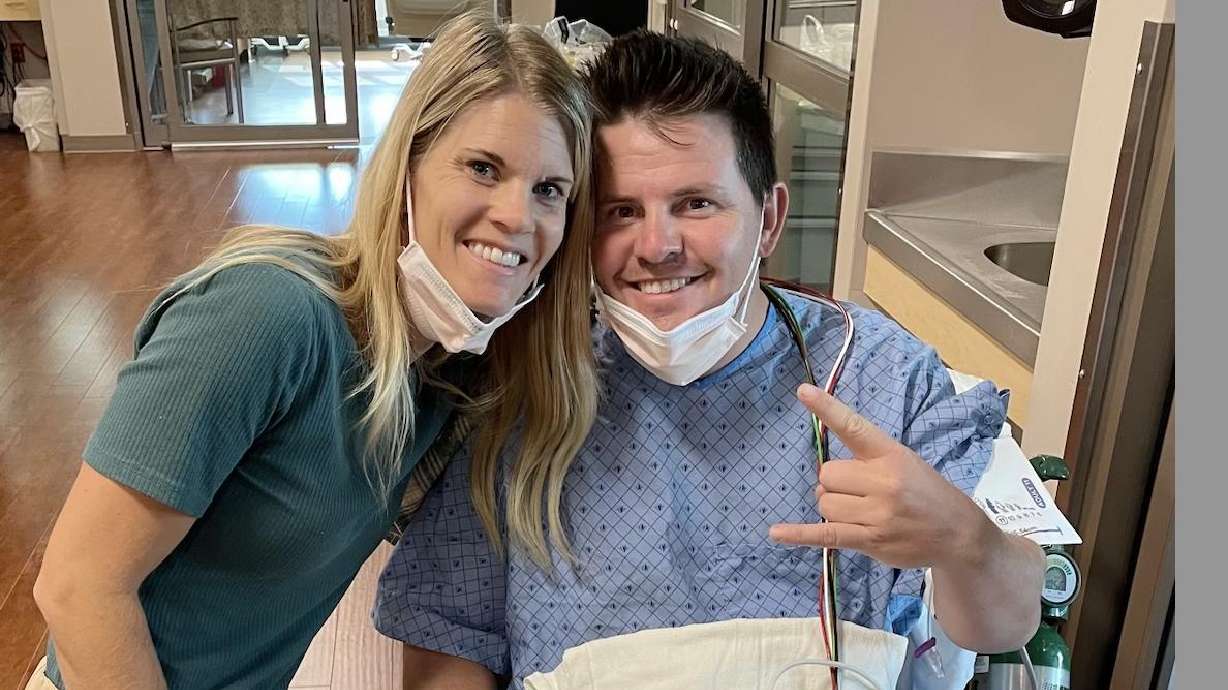The James Webb Space Telescope will reveal the secrets of the universe
Dec 24, 2021, 9:12 AM

(CNN) — We’re about to have eyes on the invisible side of space.
The James Webb Space Telescope will be the premier space observatory of the next decade when it launches Saturday. The telescope is expected to launch Saturday morning from French Guiana and live coverage will be available on NASA’s website beginning at 6 a.m. ET.
In addition to investigating the wealth of planets outside of our solar system, the observatory will peer back to some of the earliest galaxies that formed after the Big Bang and the very structure of the universe itself.
Webb will act as an infrared sleuth, detecting light that is invisible to us and revealing otherwise hidden regions of space.
The Webb telescope will look at every phase of cosmic history, including the first glows after the Big Bang that created our universe and the formation of the galaxies, stars and planets that fill it today. Its capabilities will enable the observatory to answer questions about our own solar system and investigate faint signals from the first galaxies formed 13.5 billion years ago.
“We can currently see galaxies back to 500 million to 600 million years post-Big Bang, nearly 13 billion years ago,” said Marcia Rieke, a Regents Professor of Astronomy at the University of Arizona‘s Steward Observatory and principal investigator for the Near Infrared Camera on the Webb telescope.
So far, what scientists have observed from this time period looks similar to what we already understand.
“However, logic dictates that at some point during the first few hundred million years, these familiar-looking objects must have come from somewhere and evolved,” Rieke said. “After all, galaxies don’t spring up from nothing, virtually overnight.”
The infrared camera on Webb could reveal the faint first light from galaxies as they formed during the infancy of the universe.
As the universe expands, these faraway galaxies are moving away from us so rapidly that their wavelengths of light become stretched out until the point that they are only faintly visible in infrared light, Rieke said.
Origins of the universe and how it evolved
With Webb’s capabilities, researchers should be able to get four times closer to the Big Bang than the Hubble Space Telescope, she said. Hubble observed the universe 450 billion years after the Big Bang.
Marcia Rieke’s husband George Rieke, a Regents Professor of Astronomy at the University of Arizona’s Steward Observatory, is also working on Webb as the science team lead for the telescope’s Mid-Infrared Instrument. This instrument will allow Webb to look even farther across the infrared spectrum.
Each space telescope builds on the knowledge gained from the previous one. In the case of Webb, its mirror is nearly 60 times larger than previous space telescopes, including the retired Spitzer Space Telescope. The observatory also improves on the sensitivity and resolution of the Hubble Space Telescope.
Collecting infrared observations from space prevents interference created by the heat from our planet and its atmosphere.
The spacecraft includes a five-layer sunshield that will unfurl to reach the size of a tennis court. It will protect Webb’s giant mirror and instruments from the sun’s heat because they need to be kept at a very frigid negative 370 degrees Fahrenheit (negative 188 degrees Celsius) to operate.
“This is really exciting that we’re going to be looking at things that were just completely out of reach before,” George Rieke said.
Key questions about the universe can be answered when scientists have access to data from different wavelengths of light.
“Excitement in astronomy in the last 70 years has been looking at different wavelengths,” George Rieke said. “Before that, all astronomy was done in optical (visible light) and looking at the universe in optical is like going to the symphony concert and only listening to one note. Now, we’ve got the whole symphony.”
Observations by Webb could confirm or entirely upend predictions and ideas that scientists have about the origin of the universe and how it evolved.
“We want to know, how did we get here from the Big Bang?” said John Mather, NASA’s senior project scientist for the James Webb Space Telescope. “We want to look at those first galaxies growing. There are dark areas of dust skewing our view of those earliest times when the stars are growing, but we can see them with infrared.”
Understanding why distant galaxies are so different from those closer to our own Milky Way galaxy would help fill a critical knowledge gap.
“We have this 13.8 billion year story of the universe, and we’re missing a few key paragraphs in the very first chapter of the story,” said Amber Straughn, an astrophysicist and Webb deputy project scientist for communications at NASA’s Goddard Space Flight Center in Maryland.
“What we’re really trying to do here is is figure out how to pull those pieces of the story together and learn more about that whole process.”
The-CNN-Wire
™ & © 2021 Cable News Network, Inc., a WarnerMedia Company. All rights reserved.













